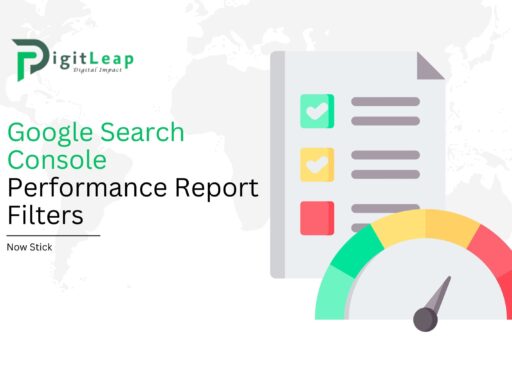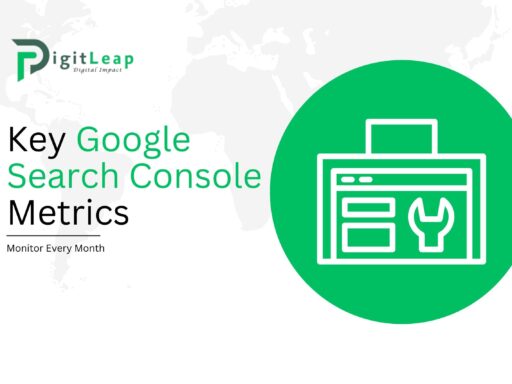How to Use Google Trends to Analyze Your Competitors’ Brand Engagement
Google Trends is a powerful and free tool that can provide insights into how people are interacting with and engaging with different brands. While many people use it to monitor search trends, Google Trends can also be a valuable resource for analyzing your competitors’ brand engagement. By tracking how often their brand is searched for and identifying seasonal or long-term trends, you can make data-driven decisions to enhance your own marketing strategies.
Let’s take a closer look at how you can use Google Trends to analyze your competitors’ brand engagement and leverage that data to improve your business strategy.
What Is Google Trends?
Google Trends is a tool that shows how frequently a given search term is entered into Google’s search engine relative to the total search volume over time. It provides insights into search interest by showing how search volume changes over specific periods and across different geographic locations. It’s a great tool for spotting trends, but you can also use it to understand how much attention your competitors are getting.
Why Analyze Competitors’ Brand Engagement?
Analyzing your competitors’ brand engagement allows you to:
- Spot Trends and Patterns: By observing how often people search for your competitors’ brands, you can detect seasonal or long-term trends in consumer interest.
- Benchmark Your Own Brand: Compare your brand’s search volume with your competitors to see how well you are performing in terms of visibility and engagement.
- Identify Opportunities: If you notice a dip in your competitors’ brand engagement, it could signal an opportunity to capture some of their audience.
- Understand Market Shifts: Google Trends helps you see shifts in consumer behavior that may be impacting your competitors, providing valuable information for adapting your own strategy.
Steps to Use Google Trends for Competitor Analysis
1. Search for Your Competitor’s Brand Name
To start, simply go to the Google Trends website and enter your competitor’s brand name in the search bar. Google Trends will then show you the search interest for that brand over time. You’ll see a graph that reflects how many people are searching for their brand, and you can adjust the timeframe to get a deeper view of any patterns that emerge.
For example, you might notice that a competitor’s brand name sees a spike in searches during certain times of the year. This can give you insights into their marketing strategy, such as seasonal promotions or product launches.
2. Compare Multiple Competitors
One of the best features of Google Trends is the ability to compare up to five search terms at once. This allows you to compare your brand’s search volume with several competitors.
For example, if you operate in the fitness industry, you could compare the search volume for your brand against that of several well-known fitness brands. This comparison can give you a quick snapshot of who is generating the most online interest and at what times.
3. Adjust the Filters for Specific Insights
Google Trends offers various filters that allow you to dig deeper into the data:
- Time Range: You can set the time range from the past hour to the past 15 years, allowing you to spot long-term trends or recent shifts in engagement.
- Geographic Location: You can narrow down the search volume to specific countries, regions, or even cities. This is especially useful if you operate in specific markets and want to see how your competitors are performing in those areas.
- Categories: Google Trends allows you to filter results by categories like “Business” or “Shopping,” so you can hone in on trends related to specific industries.
- Search Type: You can filter by different search types like Web Search, Image Search, YouTube Search, and News Search. If your competitor is doing well on video platforms, for example, analyzing their YouTube search trends could give you valuable insights.
These filters allow you to gain a more detailed view of your competitors’ brand engagement across different platforms and regions.
4. Analyze Related Queries
Google Trends also provides a list of related queries—terms that are often searched alongside your competitor’s brand. These related queries can offer insights into what products, services, or topics are associated with their brand, showing you what’s driving consumer interest.
For example, if you notice that a competitor’s related queries include a specific product, event, or promotion, this could indicate a successful marketing campaign or product launch that is resonating with their audience.
5. Observe Rising and Falling Trends
Another valuable feature of Google Trends is the “Rising” and “Top” queries sections. These sections show search terms that are growing in popularity or consistently performing well in relation to your competitors’ brand.
The “Rising” section is particularly useful because it shows you emerging trends. If you notice that one of your competitors is seeing a surge in searches related to a new product or marketing campaign, you may want to analyze it further and see how you can adapt your own strategy.
On the flip side, noticing a falling trend for your competitors’ brand could signal that they are losing traction, giving you a window of opportunity to capitalize on.
6. Compare Search Interest Over Time
By setting a specific time range, you can compare how your competitors’ brand engagement has changed over time. For instance, if one of your competitors has seen a drop in search volume over the last six months, it could mean their marketing efforts have slowed down or their product offering isn’t resonating with customers as much.
Conversely, a steady rise in search interest over the past few months might suggest that their brand is gaining momentum, and you’ll need to adjust your strategy to keep up.
7. Use Geographic Data to Your Advantage
If your business operates in multiple regions, geographic data can be incredibly valuable. Google Trends lets you see where your competitors are most popular geographically. This insight can help you identify regions where your competitors are outperforming you, allowing you to fine-tune your marketing efforts in those areas.
For instance, if your competitor is performing well in a particular city or region that you’re struggling in, you can analyze why that might be. Is it due to a local event or a region-specific marketing push? Armed with this knowledge, you can create targeted campaigns to improve your brand’s presence in that area.
Why Use Google Trends for Competitor Analysis?
Google Trends is one of the easiest tools to use for competitor analysis, but it’s also highly effective. By analyzing your competitors’ brand engagement, you can uncover valuable information that can guide your own marketing strategy. The insights you gather from search data help you:
- Spot marketing opportunities: If you see a competitor losing engagement, it may be a chance for you to gain market share.
- Stay competitive: Tracking competitors keeps you updated on what’s working and what’s not in your industry.
- Plan campaigns: Understanding when and where your competitors are seeing spikes in engagement can help you time your campaigns better and potentially outmaneuver them.
In addition, Google Trends provides a real-time view of what’s happening in your market, making it a dynamic tool for staying ahead.
Conclusion: Leverage Google Trends for Strategic Advantage
Using Google Trends to analyze your competitors’ brand engagement is a smart, data-driven approach to improving your own business strategies. By understanding how and when your competitors are engaging with their audience, you can make better marketing decisions and uncover new opportunities to grow your brand.
At DigitLeap, we specialize in helping businesses leverage tools like Google Trends to outpace their competition. Let us guide you through the process of using data to shape your strategy and boost your brand’s engagement!






